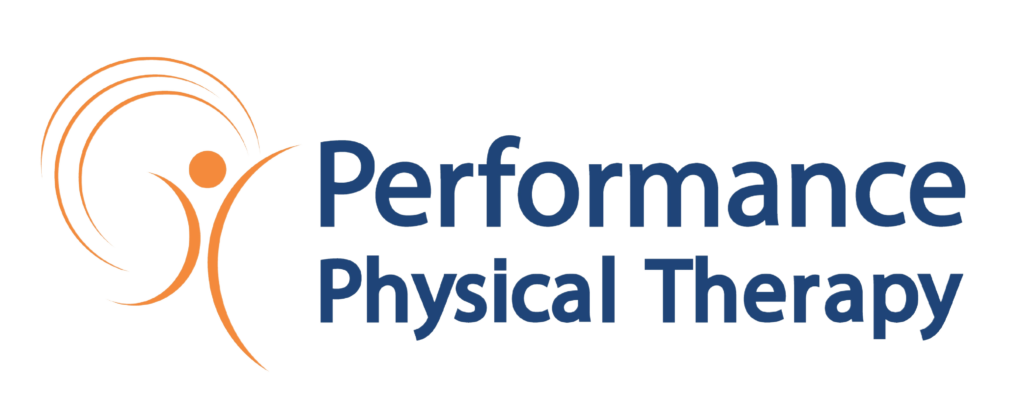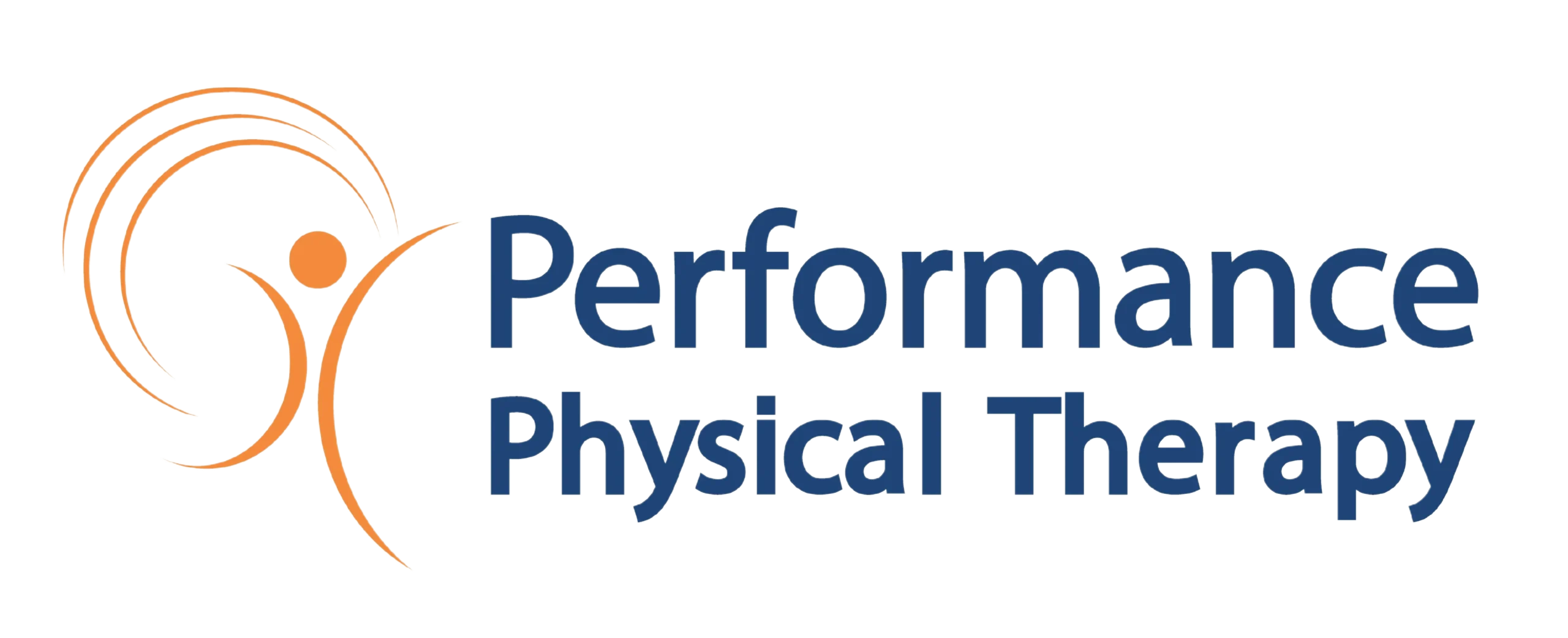*Written for The News Journal
CrossFit? P90x? Body Combat? Zumba? Yoga?
How do you know what exercise program is right for you? I get that question several times per week in my practice.
Of course, a lot of people asking those questions already have specific physical problems for which I am treating them, and one of their greatest fears is getting injured or re-injured in their attempt to exercise.
But how about the rest of you? You don’t have an active injury you are trying to rehabilitate. You just haven’t exercised in a long time, and you know you need to start somewhere. Or you have been exercising a long time but doing the same thing over and over, and now it is time for a change.
But what should you do next?
These concerns are totally valid. Conservatively, across all of our offices, we see at least four or five people a week who got hurt while participating in some form of fitness exercise.
Most of the time, these injuries occurred during circumstances in which the person was trying to keep up with the instructor of the exercise class or the other participants, and their individual physical capabilities did not allow them to do that safely.
Put simply, their muscles, tendons, joints or ligaments were not able to “handle” the physical stresses of some of the exercise techniques.
Just imagine that during a certain exercise, it is necessary for the person to be able to get their arm fully overhead to correctly perform the maneuver. But, that person can only get their arm up 80 percent of the way.
They keep pushing to get it further because they can see others doing it. They may even use some momentum to swing the arm as far overhead as possible.
That is where the risk lies. The person is pushing the tissues of the shoulder past their individual limits. This is when damage to those tissues is likely to occur. This could occur in any area of the body that is being exercised.
Now, the question that begs to be asked is how would that person have known they had some limitation? Most of us don’t know until we get injured. That is because we do not get regular signals that something is wrong unless we take it to the extreme.
Face it, there are not many daily tasks that require you to have your arm fully overhead. So, day to day, you would not know if your shoulder ligaments or tendons are tighter than they should be.
There are some quick tests on the major body parts that could be done to determine if you were at risk for an injury such as this. We perform them everyday on patients. Some of them require the skill and training of an orthopedic physical therapist, but some can be done by yourself.


